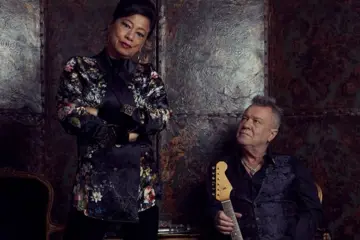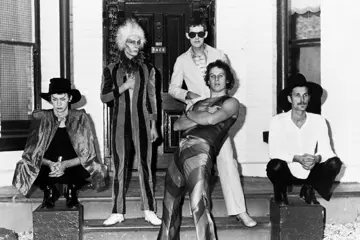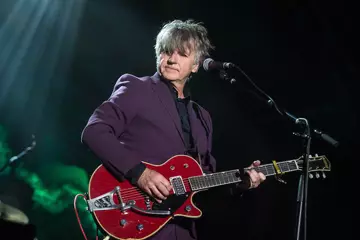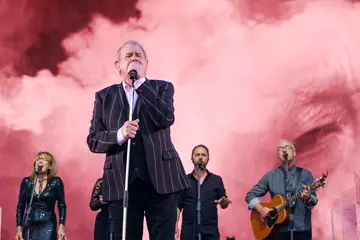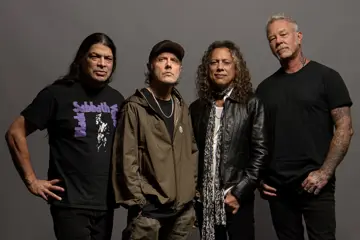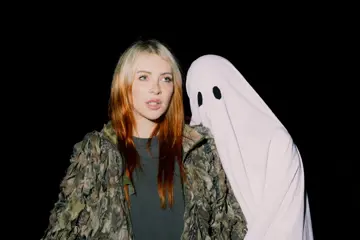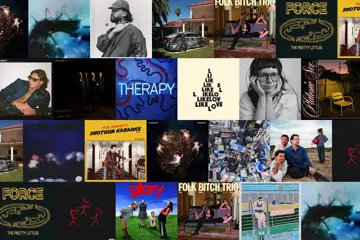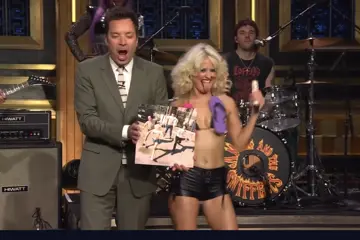It feels a little hard to imagine, but this month, triple j will count down its 30th annual Hottest 100 countdown. Having first launched as what was ostensibly a one-off poll of listeners’ favourite songs in 1989, the success of the poll (which had been pitched by then-intern Lawrie Zion) saw it return twice more.
However, after Joy Division’s Love Will Tear Us Apart topped the first two polls, and a little grunge trio called Nirvana topped the third with Smells Like Teen Spirit, the station took some time to refocus.
Thus, in 1994, the countdown returned, this time retooled so as to reflect the habits of its listeners by asking them to vote for their favourite songs of the last 12 months. At the time, it was something of a humble station event, and likely something of which no one involved could predict its future.
Fast-forward a few decades, and the Hottest 100 isn’t just a poll, it’s an institution. It’s a watermark against which many listeners cement their musical taste, a cultural point of reference, and so much more to so many. But above all, it’s become the largest musical democracy of its kind in the world, and a musical rite of passage for many Aussies.
But as the station counts down its 30th annual poll, the question needs to be asked: what has changed?
A Sizeable Change
Don't miss a beat with our FREE daily newsletter
When the 1993 Hottest 100 countdown was first held in January 1994, some 50,000 votes were cast, with the musical democracy deeming that the country’s favourite song of the year was Denis Leary’s Asshole.
As the years have gone by, so too has the number of voters involved in the democratic process evolved. In 2009, the station broke a record when 1.1 million votes were cast, and just one decade later, they would reach their current peak with a whopping 3.21 million.
Hometown Representation
Famously, it took four years for an Aussie act to top the Hottest 100 poll, with Spiderbait’s Buy Me A Pony opening the floodgates for Aussie domination from 1996. In 1999, Australia would hold the majority of entries for the first time, with 52 of the songs being homegrown. That number would repeat in 2007, and by 2020, Aussie acts would make up 65% of the poll.
But it wasn’t always this way. In fact, the early days were a struggle for Aussie representation, with 1993 featuring only 24 local artists. At the time, the US would dominate the poll with 45 tracks, while the UK would be in close third with 19. Thankfully though, this number would only continue to climb in the following years.
Unearthed Talent
One of the main reasons for this growth in Aussie representation undoubtedly comes from the introduction of the Unearthed initiative in 1995. Designed to shine a light on up-and-coming Aussie acts, Grinspoon were the very first band to be ‘unearthed’ by the station, and they would make their debut into the countdown in 1995 with Sickfest.
By 1999, Killing Heidi had shown what Unearthed names were capable of, taking Weir all the way to #2. For a few years, the silver medal appeared to be all Aussie acts could muster, with Grinspoon, Missy Higgins, Art Vs Science, and Little Red repeating the feat in 2002, 2004, 2009, and 2010, respectively. In 2013, Vance Joy broke new ground by becoming the first Unearthed act to top the poll with Riptide, with The Rubens, Flume, Ocean Alley doing the same in 2015, 2016, and 2018, respectively.
By definition, the number of Unearthed acts has risen dramatically since the 1993 countdown, with the majority of Aussie acts in each year having got their start via the initiative, and eight of the songs in the 2021 poll alone having been uploaded to the Unearthed site in the calendar year.
A Diverse Poll
It’s not just country representation that has changed over the years, however. In fact, the very makeup of the countdown has changed, too. In the 1993 poll, only 17 of the songs were by artists or bands fronted by a non-male vocalist. The highest was The Cranberries with Linger at #3, with the highest-ranking female-identifying solo artist was Neneh Cherry at #19 with Trout.
Meanwhile, only four of the songs were by Indigenous artists, with the highest – the ‘Räwak Mix’ of Yothu Yindi’s World Turning – reaching #41, and only two persons of colour – Zack De La Rocha and Tom Morello of Rage Against The Machine – placing in the top ten.
These days, the numbers are far more representative of the world as a whole. While it wouldn’t be until 2019 that a female-identifying artist would top the poll (Billie Eilish and the classic Bad Guy), the 2021 countdown featured 37 songs with vocals by non-male artists. Meanwhile, things changed in 2017 when Kendrick Lamar became the first musician of colour to top the poll, while Thelma Plum became the highest-placing Indigenous artist (and first Indigenous female) when Better In Blak reached #9 in 2019.
In 2021 however, a new record was set, with The Kid LAROI’s STAY hitting #2, and making him the highest-placing Indigenous artist in a countdown to date.
The Wayward CD Release
An odd change in recent years has been that of the annual CD release. Once a must-have item for any self-respecting music fan, the annual compilation CD that would accompany each countdown has these days been made extinct. While the 1993 countdown would feature about five different variations of the compilation to be released over the years, the 2021 countdown was in fact the first to be held without an accompanying CD. For those who may disparage triple j or claim the countdown has changed too much over the years, only the absence of the annual CD may be entered as acceptable evidence.
triple j’s Hottest 100 of 2022 will be held on Saturday, January 28th.

